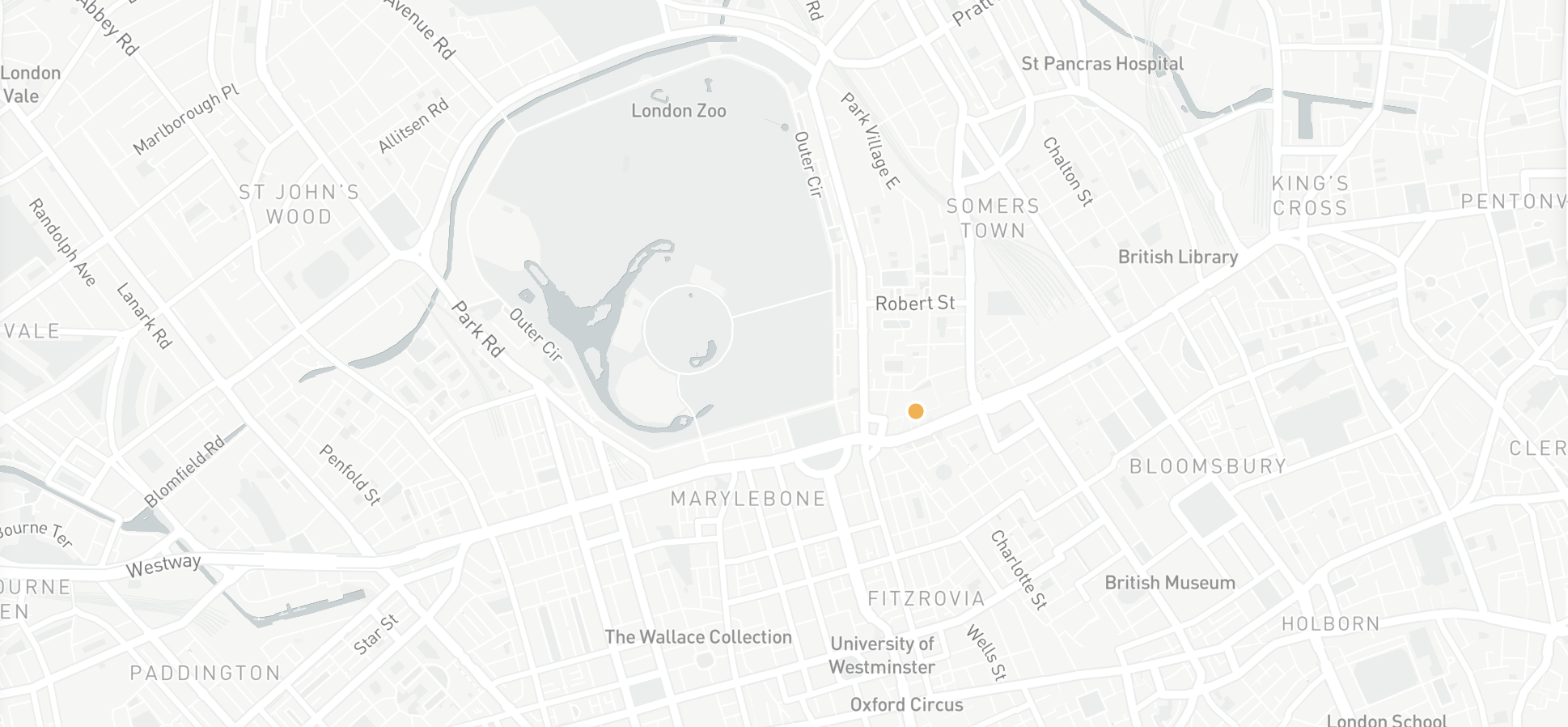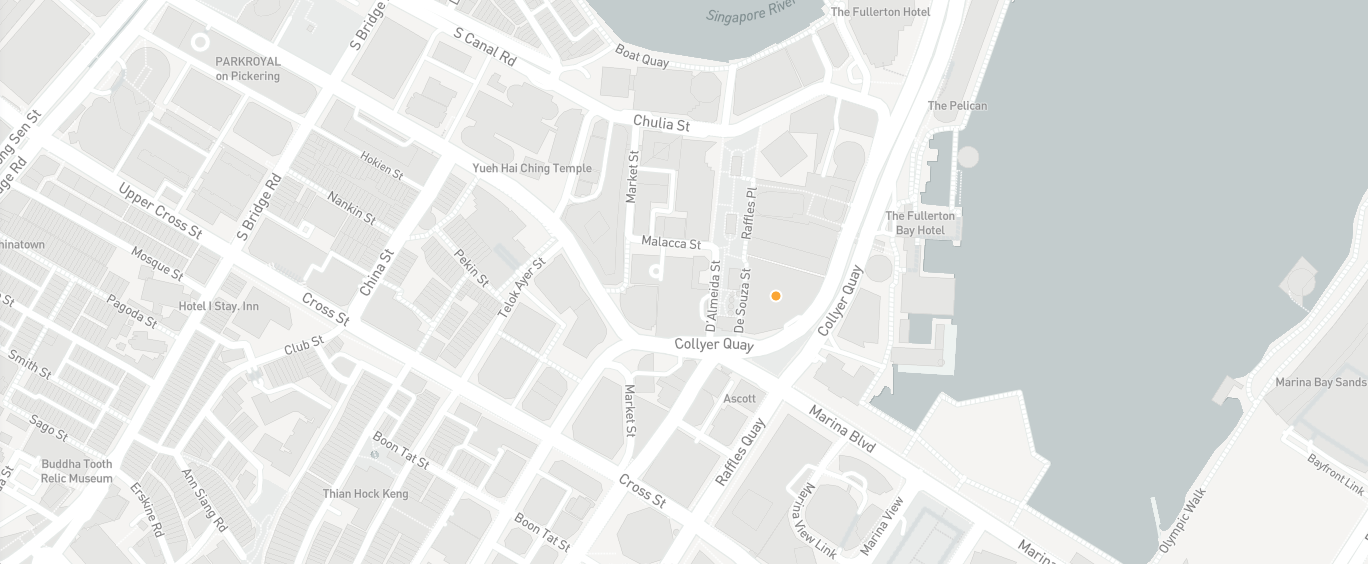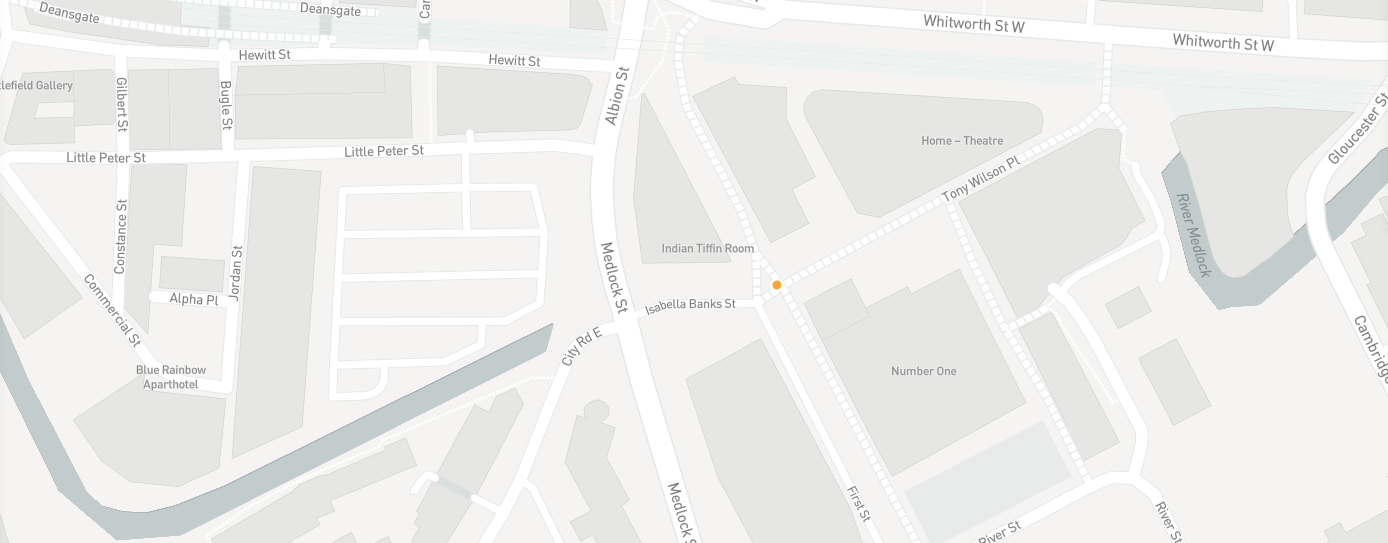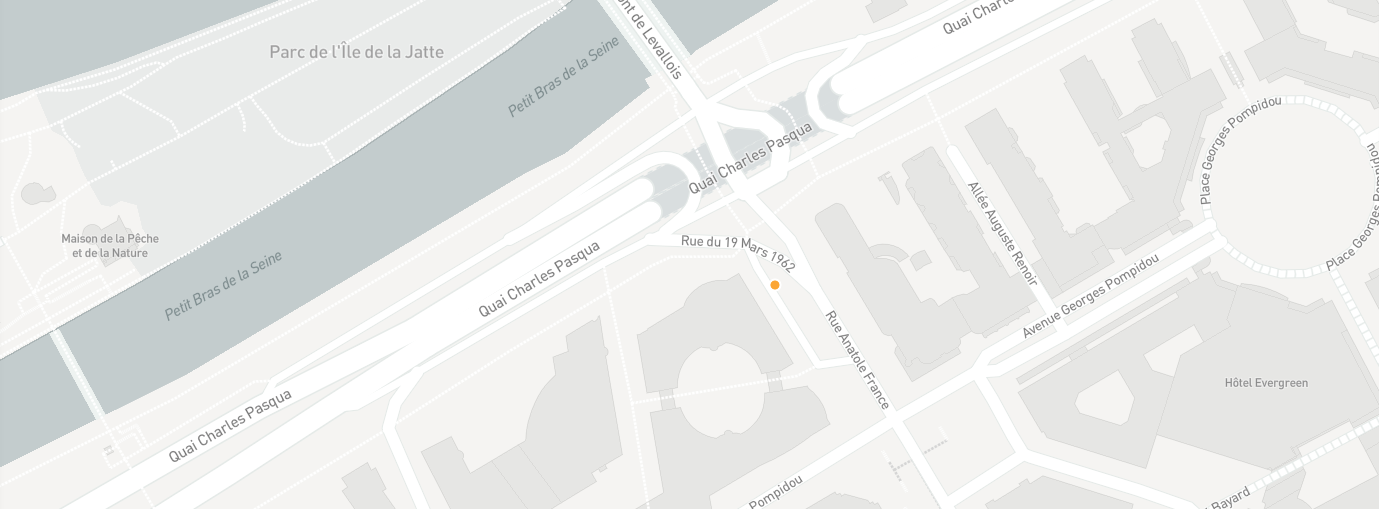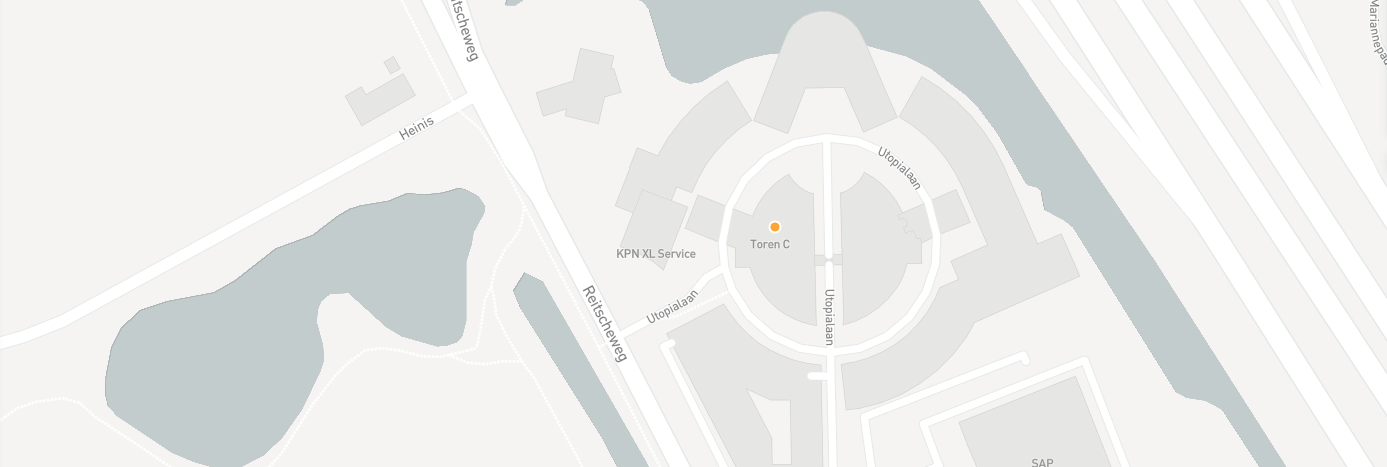What exactly makes a great cover letter?
As inevitable as they are necessary, the vast majority of job openings require a cover letter upon application. And while it might be tempting to dash off something quickly in hopes that the hiring manager or recruiter won’t read it properly, cover letters are a massively important part of a job application. They offer countless ways for you to sell yourself to a potential employer and stand out from other candidates, so you must use the opportunity to make an impact.
That said, it’s an area that at some point or another, everyone has probably tripped themselves up with. Whether you’ve fallen into the habit of copy and pasting the same document or you’re going overboard with the details, creating a cover letter that’s going to improve your chances of success is essential.
Here, we’ll go into the components of a successful cover letter, providing you with a selection of tips you can use that’ll give your application the edge over everyone else.
What to leave out of your cover letter
When it comes to cover letters, there are all sorts of unnecessary elements and superfluous details applicants cram in just to be on the safe side. But since your space is limited, you mustn’t make the mistake of adding in things that you don’t need to. Next time you come to write a cover letter, take heed of the following:
• Don’t use the phrase “My name is [X] and I am applying for the position of [Y]”. Whoever is reading the cover letter will already know this.
• If you don’t know who you should be addressing, then lose the ubiquitous “to whom it may concern” as it’s a bit stuffy and out-dated. Get right into the meat of the message from the get-go.
• Say you don’t meet all the job requirements: don’t draw attention to your perceived weaknesses with phrases like “despite my limited experience with…”. Instead, emphasise the strengths and any transferable skills you feel are applicable.
• Don’t mention other applications. While you may be applying for more than one job right now, the focus of your cover letter should only be on the job mentioned in the opening.
• There’s no need to repeat your whole resume; keep things short and mention your most salient experience and how it applies to the job specification. Your CV will be attached anyway.
• Be mindful of how much you use ‘I’. That might sound odd since you’re talking about yourself, but not only is it repetitious, it’s a reminder that the cover letter isn’t necessarily about you – it’s about how you can help the employer.
• Think twice before copying and pasting a previous cover letter. Hiring managers nearly always know when they’ve received one and you run the risk of forgetting to make amendments in certain places, a tell-tale sign that the cover letter has been used before elsewhere. One size doesn’t fit all with regards to your cover letter.
What to include in your cover letter
Now that you know what to leave out, here’s what you should be including in your cover letter if you want to impress the reader:
• Anything that shows you’ve properly researched the company is a good idea, as it shows you’ve made a real effort to understand what they’re about and that you’re a good match for each other.
• If you do know the name of who you’re addressing, then include it in your opening. Depending on how casual the company or industry is, then you can drop their title and last name.
• Make sure to nail the opening line with something energising and attention-grabbing. You want the reader to sit up and take notice from the second they open your application.

• If it’s possible, try to write in the company’s voice. Take a look at their website and social media to get a sense of the company’s tone, language and culture before you start typing anything up.
• Don’t be afraid to brag. After all, you need to sell your skills. If this is an area you struggle with, then what would your best friend or boss say about you? Write the letter as if it was from their point of view. (Don’t forget to change the pronouns if you have to).
What to put in the body of your cover letter
When it comes to the main points of the cover letter, you’ll have to expand on the necessary parts of your resume in a way that shows why you’re the right fit for the company.
Formulate a strong case and reinforce the points you’ve made by asking yourself these questions:
• What approach did I take when tackling the responsibilities I’ve mentioned in my resume?
• What details would I include if I had to tell someone about how I accomplished said responsibilities?
• What is about me that made me good at getting the job done?
Is it possible to identify the company’s pain points? If so, show how you’re the person who can solve these problems. Explaining what you can do for the company rather than the other way round, shows confidence and self-awareness that’ll separate you from other candidates.
If you can and it’s applicable, don’t be afraid to throw in some stats and numbers. Show them how you’ve had a measurable impact on companies that you’ve previously worked for. Perhaps you brought in more clients or boosted efficiency by a certain amount; if so, make sure you mention these figures.

Remember to finish strong. Don’t make the final lines of the letter a forgettable formality as with the perennial closer “I look forward to hearing from you”. Use the closing lines as a final reminder of how you’d be a fit for the position, emphasising your enthusiasm as well as your willingness to relocate for the job – if it’s necessary or a possibility you’re considering.
A note on length: Hiring managers tend to be into the whole brevity thing, so keep it short. Three paragraphs or half a page is the recommended length. Leave out the fluff and get right to the point.
Editing and re-drafting
It’s unlikely that you’ll hit all your marks on the first go around of your cover letter. Therefore, the necessary whittling, re-wording and re-working are essential. A great tip is to finish your letter, set it aside for a few hours or even a day, and then read through it. You’ll notice new things that need changing. You can also ask a friend to take a look to see how others respond to certain sentences and wording, identifying things that you may have missed in the process.
Another helpful thing you can use is the Hemingway Editor, a program that points out where your writing can be improved. If a sentence is too complex, too long or uses big words over semantically equivalent ones, then Hemingway flags up the issue, suggesting simpler, clearer language that can help your cover letter pack a bold, effective punch. It even grades your document on its readability too.
Click here for the latest news and features from SEFE Marketing & Trading or visit our homepage to find out about our latest career opportunities.
The views, opinions and positions expressed within this article are those of our third-party content providers alone and do not represent those of SEFE Marketing & Trading. The accuracy, completeness and validity of any statements made within this article are not guaranteed. SEFE Marketing & Trading accepts no liability for any errors, omissions or representations.


